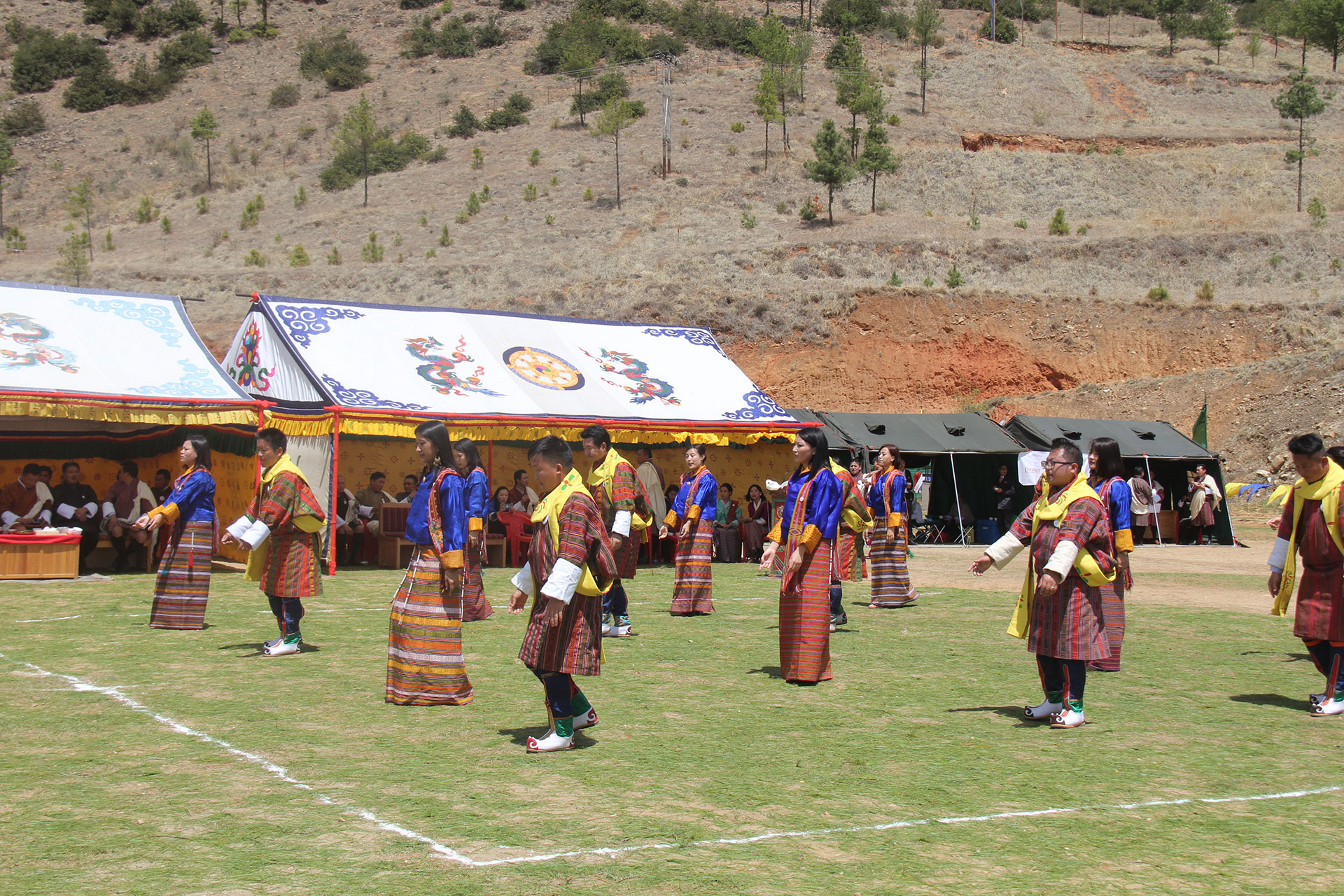BHUTAN
Enveloped by the majestic Himalayas, Bhutan is a picturesque haven bordered by India and China. Our nation boasts some of the planet’s loftiest unconquered peaks, including the awe-inspiring Gangkar Phuensum, while its unspoiled forests provide sanctuary to rare and endangered wildlife.
Journeying through Bhutan feels like a passage to an era past—a realm where timeless traditions and an ancient way of life endure. It’s a place where visitors are granted a rare glimpse into a world steeped in heritage. While renowned for its breathtaking mountain vistas and unwavering commitment to environmental preservation, Bhutan’s allure runs far deeper. The tapestry of Bhutan’s history, spanning centuries, weaves seamlessly into the fabric of everyday life, evident in its crafts, architectural marvels, soul-stirring music, and captivating dances.
Bhutan’s culture stands as a testament to its richness and uniqueness, set against a backdrop of stunning natural beauty—snow-kissed peaks, crystal-clear rivers, and lush valleys. Its captivating allure extends beyond the remarkable landscapes to include the distinctive architecture and vibrant festivals.
This land holds treasures for every soul, whether you’re a novice or an experienced trekker. Beyond the trails lie cultural gems—temples and monasteries—to immerse oneself in.
Whether seeking exhilarating trekking escapades, savoring panoramic vistas, or pursuing an off-the-beaten-path experience steeped in authenticity, Bhutan emerges as the quintessential destination that unequivocally deserves a spot on your travel itinerary
National Dress

The national dress of Bhutan is known as the “Gho” for men and the “Kira” for women. These traditional garments hold significant cultural and social importance in Bhutanese society and are proudly worn on formal occasions, during festivals, and in daily life.
Gho (Men’s National Dress): The Gho is a knee-length robe that wraps and ties at the waist. It is secured with a fabric belt called a “Kera.” The Gho has long sleeves and is worn with knee-high socks and traditional leather shoes called “Tsholham.”
Kira (Women’s National Dress): The Kira is an ankle-length dress made of finely woven fabric, usually brightly colored and patterned. It’s wrapped around the body, fastened at the shoulders with intricate brooches or clasps. Women also wear a blouse called a “Wonju” underneath the Kira. Along with the Kira, women wear a long-sleeved jacket known as a “Tego.” The ensemble is completed with an ornamental scarf called a “Rachu” draped over the shoulder.
Both the Gho and Kira represent the rich cultural heritage of Bhutan. The designs, patterns, and colors of these garments often signify the wearer’s social status, profession, or region. Additionally, the intricate weaving and embroidery of the fabrics showcase the skilled craftsmanship passed down through generations.
The government of Bhutan has encouraged the wearing of Gho and Kira as a part of preserving Bhutanese culture and identity. They are not only worn for formal occasions but are also proudly sported in everyday life, symbolizing the deep-rooted traditions and values of the Bhutanese people
Area | 38,394 sq. km. |
Population | 777,486 |
Capital | Thimphu |
Local time | GMT+6 |
Religion | Mahayana Buddhism |
National tree | Cypress (Cupressus torulosa) |
National flower | Blue poppy (meconopsis gakyidiana) |
National animal | Takin (budorcas taxicolor) |
National bird | Raven (corvus corax tibetanus) |
National sport | Archery |
National day | 17 December |
National language | Dzongkha |
Currency | Bhutan’s Ngultrum (Nu) is at par with Indian Rupees (INR). |
Credit Cards | Most hotels and shops catering to tourists accept Traveler’s cheques, American Express, and VISA credit cards. |
Electricity | 220 – 240 volts. 50 cycles AC, the current is variable. |